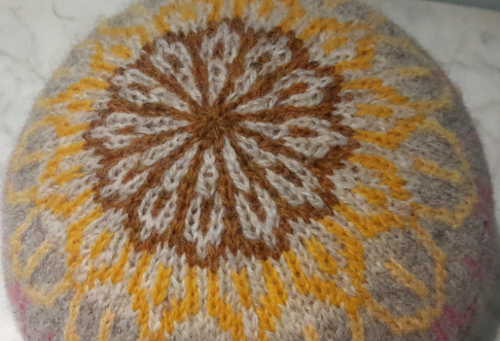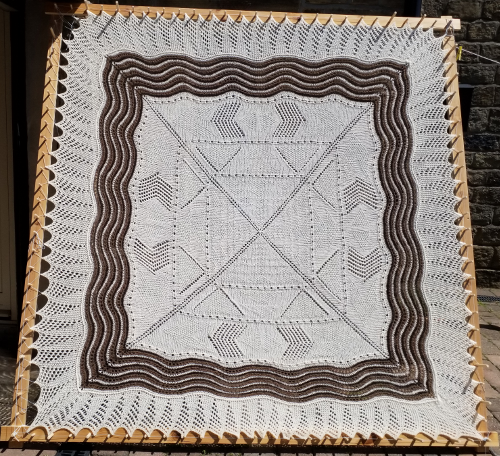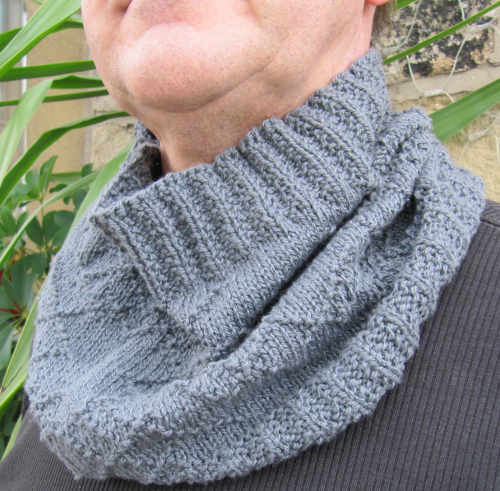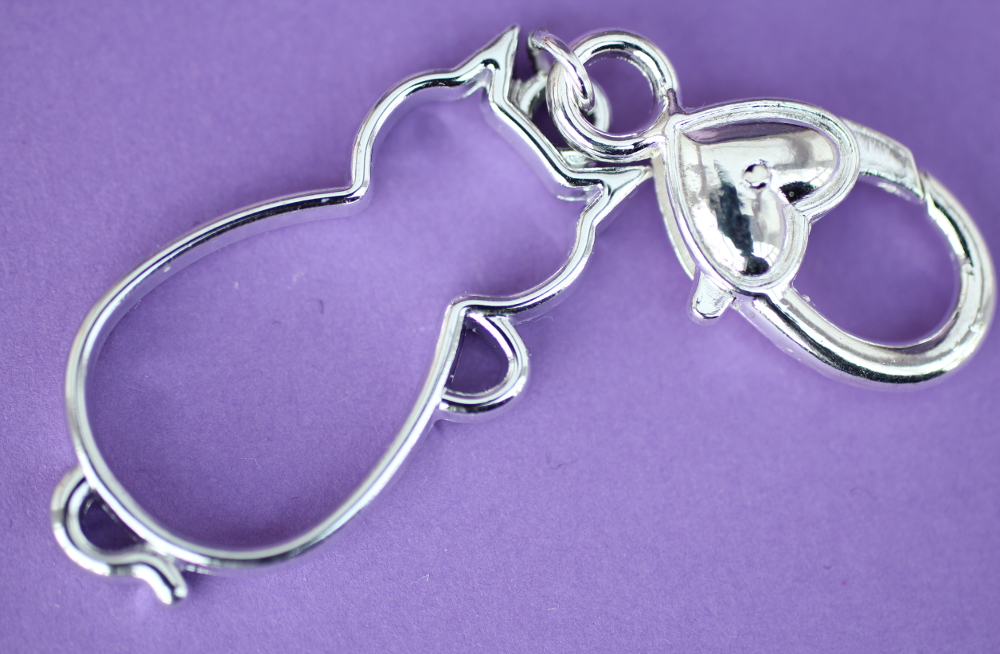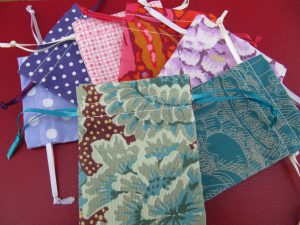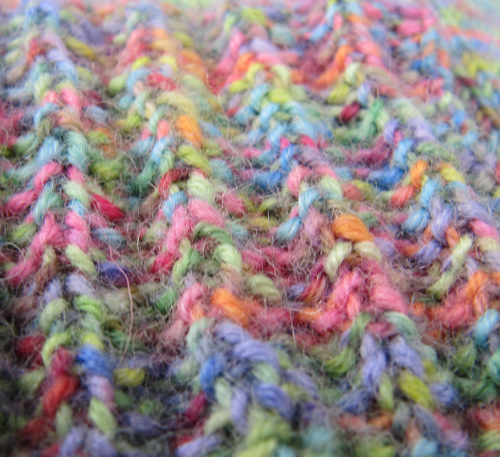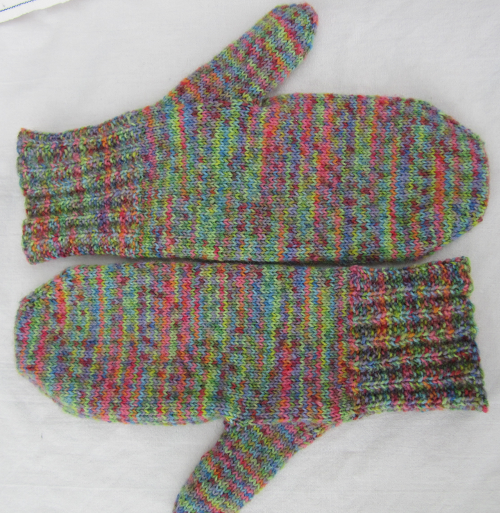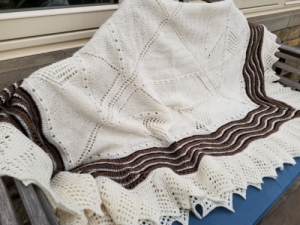I’m always looking for a new project for the New Year, and this year’s project will truly span the whole 365 days. I am going to knit a temperature blanket to reflect the weather where I live. But this won’t be the usual square or rectangle; it is a Temperature Pi circular blanket, based upon the principles laid down by Elizabeth Zimmerman, and I should be delighted if you would like to join me in this enterprise.
To begin at the beginning, you need good data for your locality. I am enormously lucky in that I have an electronics geek for a husband; he created a garden weather station for me some years ago, and since the station outputs its data to a website, I have everything I need to begin. Alternatively, you could use the BBC Weather website or other weather app to gather data. I have prepared an Excel spreadsheet for you to use in gathering data. It is certainly not too late to start.
As well as temperature, I have been recording the predominate weather condition each day. The blanket I have designed can be knit in two ways; you can use just the temperature for each day’s round, or you can add in an indicator of the weather condition to the temperature. I have done this by holding both the temperature yarn together with a strand of fine yarn such as Rowan Kidsilk Haze, to knit each round. This gives a lovely haloed warm texture, as well as a subtle colour modulation.
The second requirement is a good selection of colours for your temperature range and your weather indicator. I selected a palette of 9 temperature colours to range from -5°C to 40°C, in 5 degree increments; you may need to adjust your range based upon where you live; if you generally have temperatures lower than -5°C but never get above 30°C, then alter your range accordingly. I selected seven weather indicators – sun, overcast, rain, wind, fog, snow, and storm (which could be a combination of wind and rain, or wind and sun where I live) – and chose colours to reflect these from the Kidsilk Haze range.
Lastly, you need a pattern to help keep you on track. The Excel spreadsheet helps in keeping track of the day numbers and dates, the pattern gives colour and yarn suggestions, as well as details of increase rounds. There is a pretty lacy edge, charted and written, for the month of December to look forward to. The free pattern has been tech edited, and is available together with the spreadsheet by clicking here.
My progress so far on the blanket looks like this; you can see the marled effect of using the weather indicator thread together with the temperature: 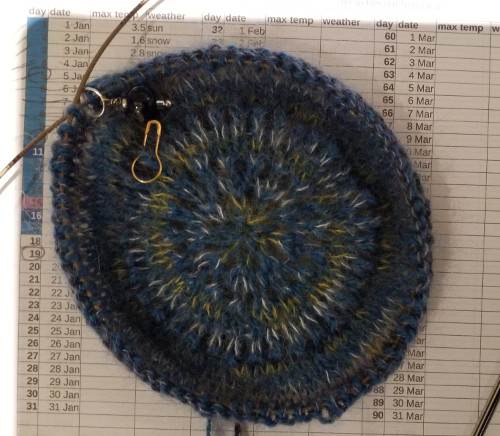 Small beginnings, but it will grow!
Small beginnings, but it will grow!
If you would like to be part of a community of knitters working on the blanket, then please follow @sb97979 (Granary Knits) or @veg_grower on Twitter, or @GranaryKnits on Instagram; post pictures of your progress using the hashtag #TempPi2021.
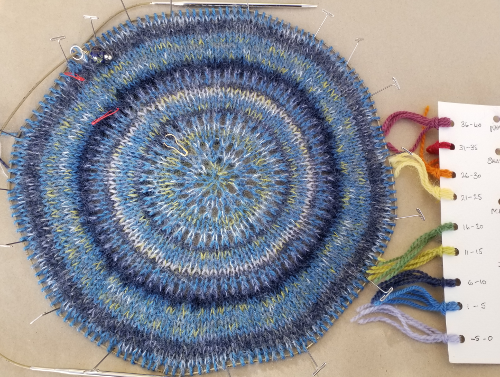
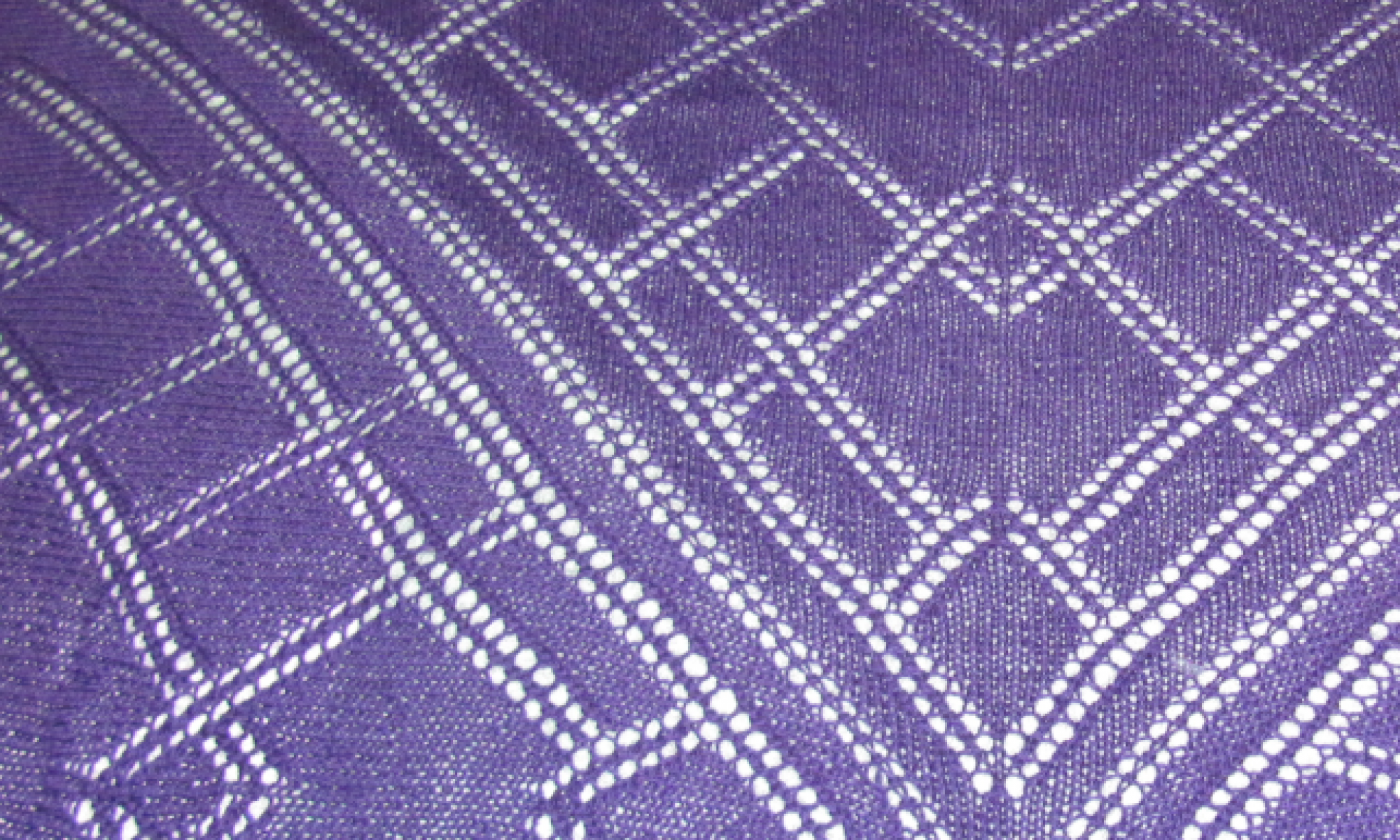

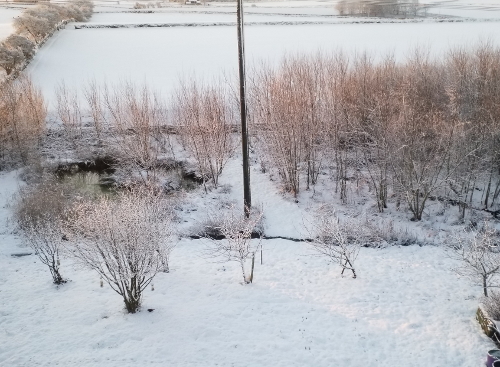




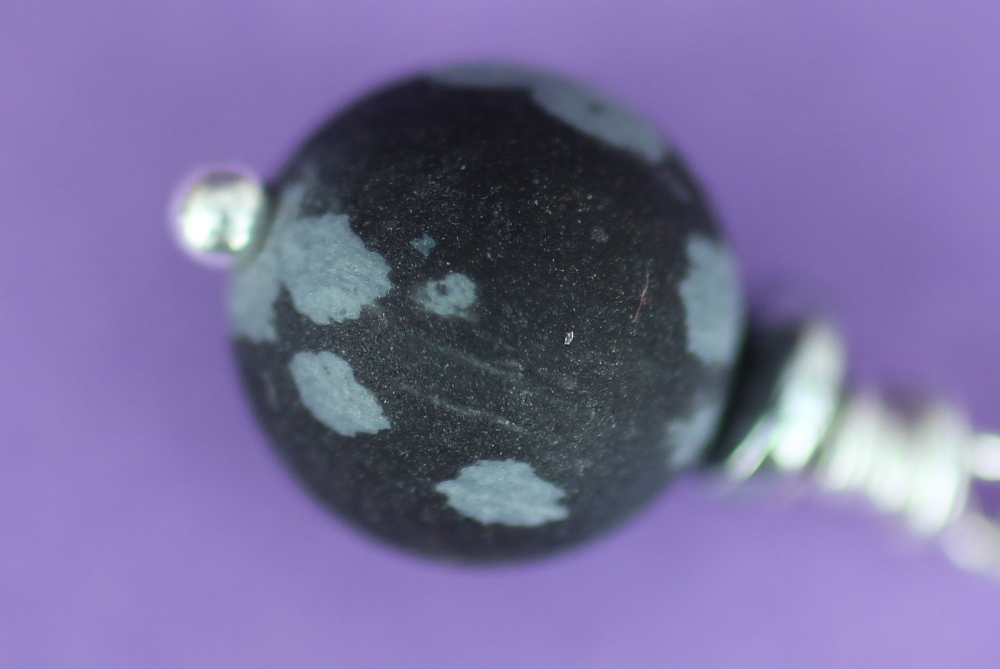

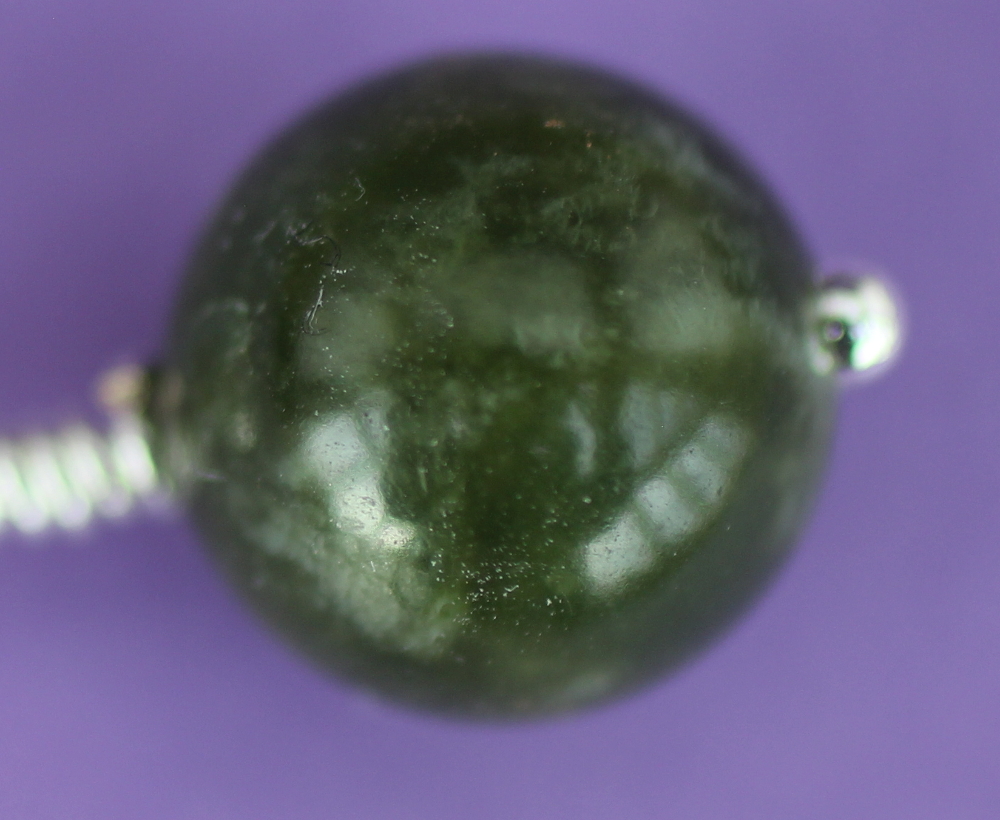


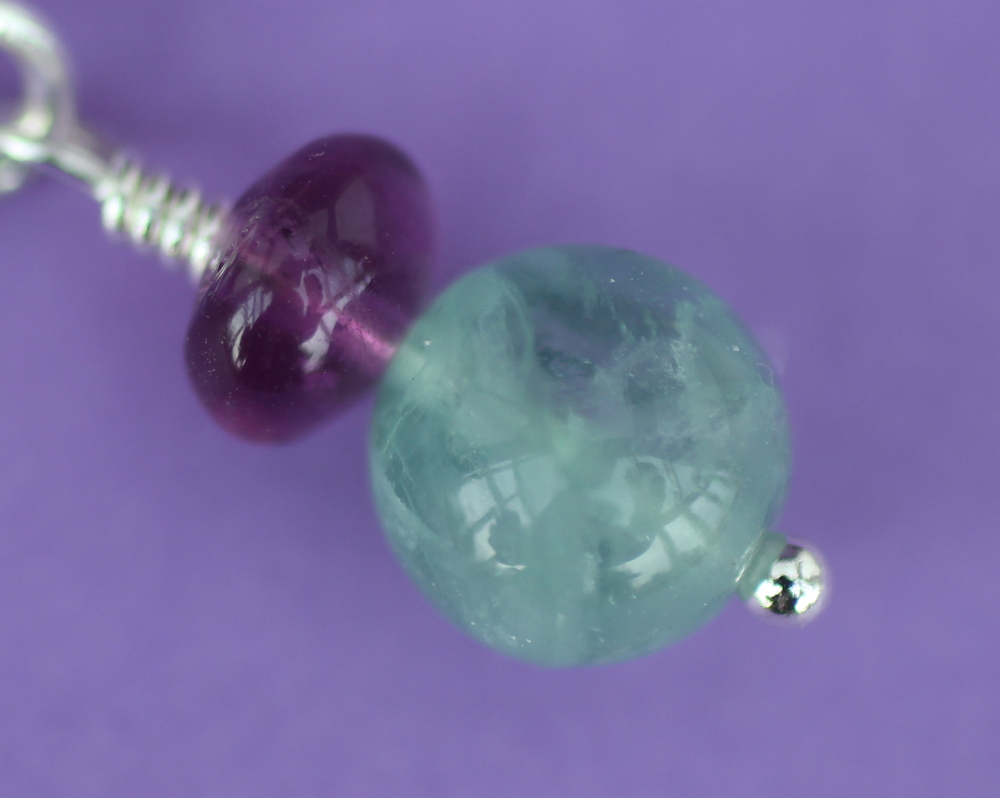


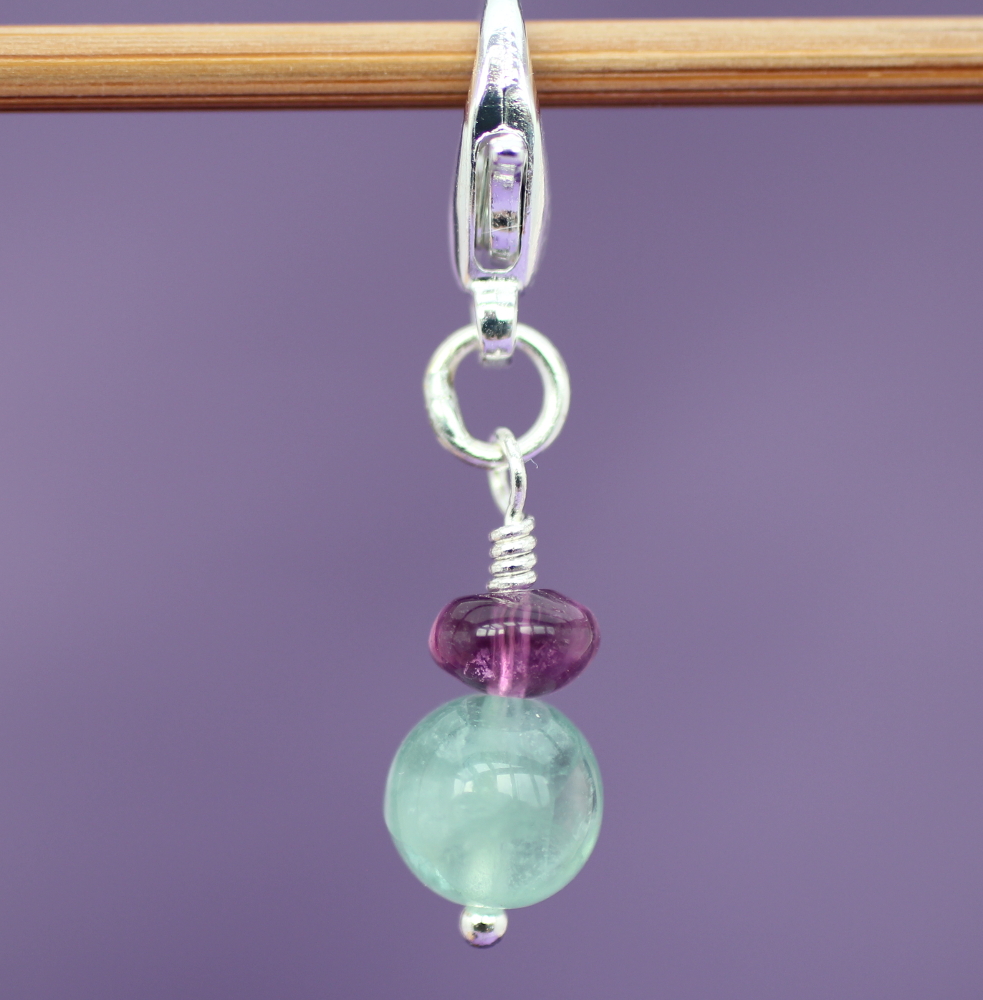


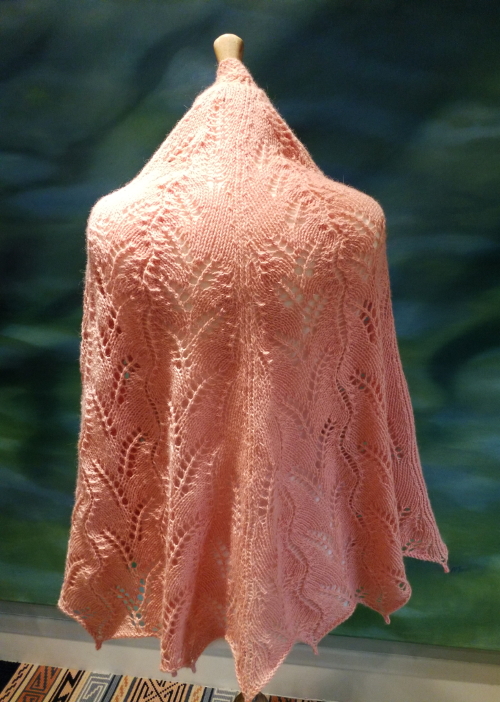
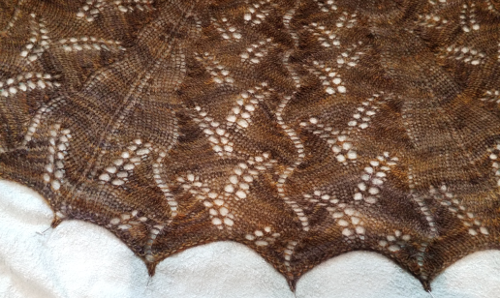


 Small beginnings, but it will grow!
Small beginnings, but it will grow!